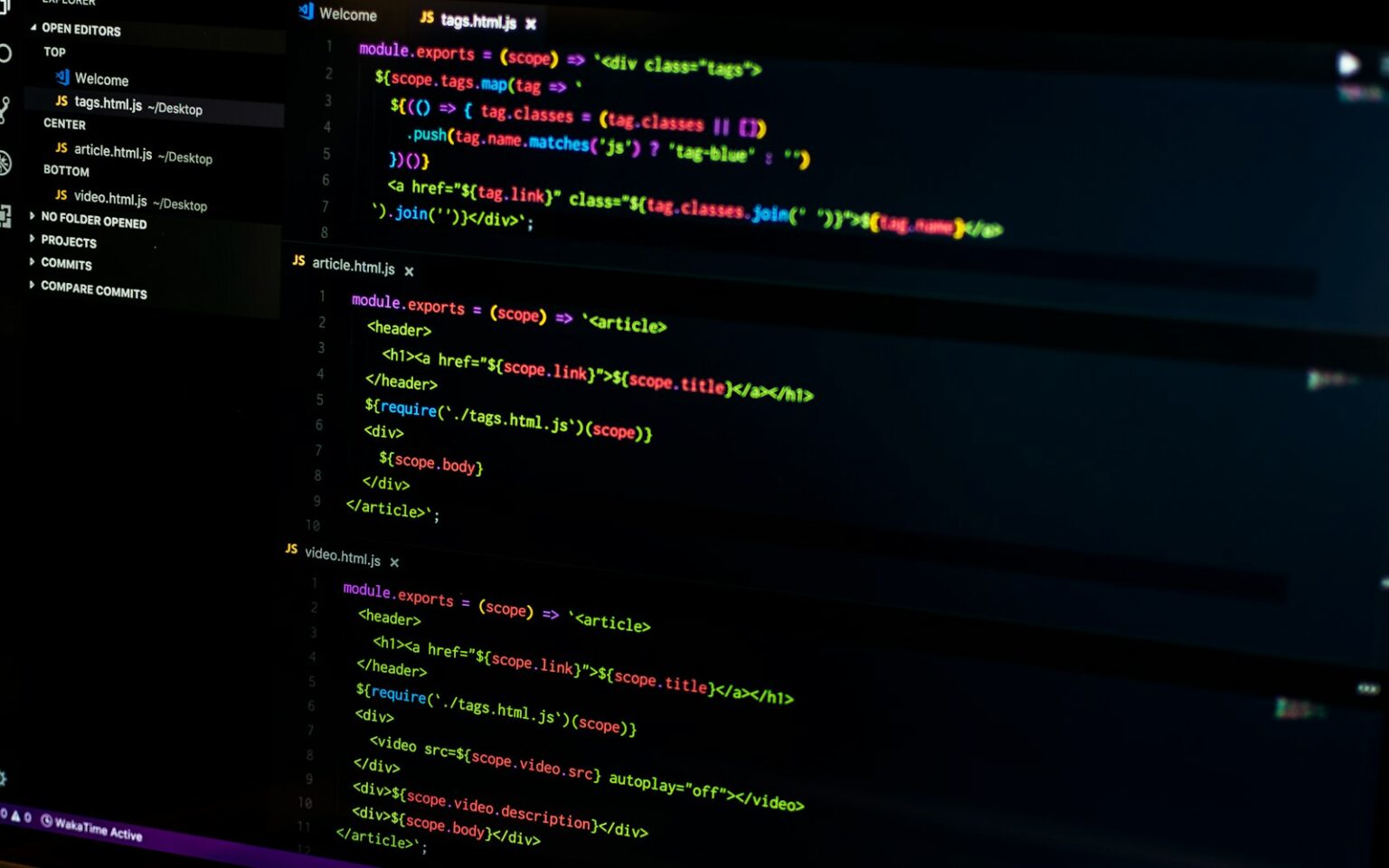Achieving the best transaction outcomes requires precise order fulfillment that minimizes slippage and market impact. Measuring the effectiveness of order placement through price improvement metrics reveals how close execution prices align with optimal benchmarks. Employing algorithmic strategies that dynamically adjust to liquidity conditions enhances fill rates while controlling costs.
Practical approaches to optimizing deal finalization focus on reducing latency and avoiding adverse selection. Continuous monitoring of time-weighted average price (TWAP) deviations allows for refining submission tactics, ensuring trades are completed near target levels. Detailed post-trade analysis identifies patterns in partial fills or missed opportunities, guiding iterative enhancements.
Maintaining superior operational standards involves rigorous evaluation of routing protocols and venue selection based on historical data. Implementing smart order routing systems that leverage real-time market depth contributes to capturing better price points consistently. Such disciplined methodologies transform routine transactions into opportunities for incremental gains, reinforcing overall system reliability.
Execution quality: trade implementation efficiency
Precise order submission timing directly influences the realized price and final outcome of a transaction on blockchain trading venues. Latency between signal generation and order dispatch can cause slippage, resulting in deviations from targeted pricing benchmarks. Applying real-time network latency measurements combined with adaptive routing algorithms reduces delays, allowing traders to secure prices closer to initial intentions.
Best practices involve continuous monitoring of mempool congestion and gas fee fluctuations across multiple decentralized exchanges (DEXs). By integrating predictive models that assess pending transactions and dynamically adjusting gas bids, one achieves faster confirmation times, minimizing execution lag. This approach ensures that orders are embedded into blocks at optimal moments without overpaying for transaction fees.
Optimizing Order Placement through Network Analysis
Experimentally comparing order fulfillment speed across Ethereum Layer 1 versus Layer 2 solutions reveals significant variance in confirmation intervals. For example, Polygon’s PoS chain often processes trades within seconds under low load conditions, whereas congested mainnet periods may extend this to several minutes. Employing cross-chain arbitrage bots that detect price discrepancies while accounting for bridge transfer delays enhances overall profitability by aligning execution moments with favorable market spreads.
Another methodology involves dissecting transaction lifecycle phases–submission, propagation, inclusion in block–and isolating bottlenecks via timestamp analytics. Token Research’s data shows that implementing parallel node connections to multiple RPC endpoints improves throughput reliability by 15-25%, reducing single points of failure and smoothing out sudden spikes in network demand.
Trade implementation precision also depends on smart contract design efficiency. Gas-optimized contracts reduce computational overhead during interaction, lowering the risk of failed or reverted transactions which degrade fill rates and incur unnecessary costs. Analyzing bytecode complexity alongside historical gas usage patterns enables developers to refine contract logic for minimal resource consumption while maintaining functional integrity.
Finally, backtesting different algorithmic strategies under varying market conditions uncovers how temporal factors affect execution outcomes. For instance, placing limit orders during peak volatility windows tends to increase partial fills or order cancellations due to rapid price swings. Incorporating adaptive timing heuristics based on volatility indices allows systems to postpone order entry until stability thresholds are met, thereby improving average entry price consistency without sacrificing opportunity cost.
Measuring Slippage Impact
To accurately assess slippage influence, one must quantify the deviation between expected and realized price during transaction fulfillment. This discrepancy arises primarily from delays in order processing and market volatility within the execution timeframe. Precise measurement requires capturing timestamps at order submission and completion, alongside reference prices at these moments. Comparing these data points reveals the cost incurred due to timing inefficiencies and liquidity constraints.
Analyzing slippage demands segmenting trades by size, asset liquidity, and market conditions to isolate factors contributing to adverse price movement. For instance, large-volume transactions in low-liquidity tokens typically experience greater divergence from initial quotations than smaller orders in high-capacity markets. Implementing statistical models that incorporate order book depth dynamics enhances understanding of how trade magnitude interacts with price impact across varying environments.
Methodologies for Quantifying Price Deviation
One robust approach involves calculating the percentage difference between the theoretical best price available at order initiation and the actual fill price recorded upon completion. This metric, often expressed as slippage percentage, enables direct comparison across exchanges and trading algorithms. Incorporating time-weighted average price (TWAP) benchmarks can improve accuracy by smoothing transient fluctuations that skew instantaneous spot prices.
Experimental setups have demonstrated that latency reduction in message transmission significantly lowers slippage levels, confirming that swift confirmation accelerates alignment with optimal pricing. For example, a study on decentralized exchange protocols showed that reducing block confirmation times from 15 seconds to under 5 seconds decreased average slippage by approximately 30%. These findings highlight the critical role of synchronization between order routing and blockchain finality mechanisms.
The interplay between market microstructure and execution strategy further informs slippage assessment. Employing limit orders versus market orders yields distinct impacts; limit orders may reduce exposure to unfavorable price shifts but risk partial fills or delays, while immediate market orders guarantee prompt completion at potentially higher costs. Comparative analysis of these tactics through controlled trials elucidates optimal balance points for minimizing total cost of acquisition under different volatility regimes.
This experimental data emphasizes how selective timing strategies influence both cost efficiency and fulfillment likelihood. Continuous monitoring of real-time quotes paired with adaptive algorithms capable of adjusting thresholds based on observed latency can enhance outcomes substantially.
- Step One: Collect timestamped trade logs including initial quote prices and final executed prices.
- Step Two: Calculate slippage as relative difference over multiple intervals to identify temporal patterns.
- Weighted scoring models: Assign scores to venues considering spread tightness and latency metrics.
- Dynamic fragmentation: Split orders intelligently to exploit smaller but deeper pools without excessive overhead.
- Fee-aware routing: Integrate fee schedules into evaluation criteria to avoid negative net gains despite price advantages.
The experimentation phase encourages adjusting parameters incrementally while monitoring realized settlement prices against theoretical benchmarks. This iterative approach cultivates understanding of how microstructure variations affect broader execution outcomes and guides continuous refinement toward superior implementation strategies.
Latency Reduction Techniques
Reducing latency in transaction processing significantly enhances the timing and accuracy of price discovery, which directly impacts market responsiveness. One practical method involves optimizing network infrastructure by deploying geographically distributed nodes closer to major liquidity centers. This proximity minimizes propagation delay, enabling faster confirmation times and improved order matching speed.
Another effective approach is the implementation of advanced protocol tuning, such as selective packet prioritization and congestion control algorithms. These strategies reduce queuing delays within data transmission layers, thereby accelerating message delivery between participants and exchanges. Such refinements contribute to smoother synchronization of order books, preserving pricing integrity across platforms.
Technical Strategies for Latency Minimization
Direct Market Access (DMA) systems exemplify best practices by allowing clients to bypass intermediary layers, reducing processing overhead. By interfacing directly with exchange engines, DMA reduces intermediated latencies that typically arise from broker routing and internal matching queues.
Hardware acceleration, including Field Programmable Gate Arrays (FPGA) and Network Interface Cards (NIC) with kernel bypass capabilities, further trims response intervals. Experimental deployments reveal FPGA-powered setups can execute critical packet inspection and forwarding tasks within microseconds, vastly outperforming traditional CPU-based handling in both speed and consistency.
- Case Study: An institutional firm reported a 30% reduction in time-to-fill metrics after integrating FPGA solutions within their proprietary trading architecture.
- Observation: Kernel bypass mechanisms like DPDK enable user-space packet processing that cuts down latency variance caused by kernel scheduling delays.
The synchronization of system clocks using Precision Time Protocol (PTP) or GPS-disciplined oscillators is another cornerstone technique. Accurate timestamping ensures temporal alignment across nodes, which is crucial when evaluating order arrival sequences and maintaining fairness in price formation processes. Misaligned timing can introduce artificial arbitrage opportunities or slippage that degrade overall market reliability.
A combined methodology yields the most reliable outcomes; for example, pairing hardware acceleration with optimized network topology magnifies gains beyond isolated upgrades. Continuous measurement of latency at microsecond granularity facilitates iterative refinements, allowing practitioners to identify bottlenecks specific to their operational environment. Metrics such as round-trip time variability and jitter provide actionable insights for ongoing adjustments aimed at minimizing execution delays and securing optimal pricing conditions.
The pursuit of reduced latency reflects a scientific process where hypotheses about bottlenecks are tested through controlled modifications. By systematically experimenting with each layer–from physical cabling choices to software stack optimization–participants can develop tailored solutions aligned with their unique throughput demands and budget constraints. This experimental mindset transforms the challenge of timing reduction into an achievable frontier of technical exploration within high-frequency environments.
Market Impact Cost Analysis
Minimizing the market impact cost requires precise synchronization of order size with prevailing liquidity to avoid adverse price shifts during asset acquisition or liquidation. Empirical studies show that aggressive orders exceeding available depth frequently cause slippage, deteriorating the realized price. Optimal approaches involve segmenting large positions into smaller increments, aligned with real-time order book data, thereby preserving execution integrity and mitigating unfavorable price movements.
Time-sensitive strategies demonstrate that latency in order submission can amplify market impact costs significantly. High-frequency environments reveal that even millisecond delays alter fill prices due to rapid volatility fluctuations. Implementing adaptive timing protocols that leverage predictive models of short-term price dynamics enhances transaction outcomes by reducing exposure to transient liquidity vacuums.
Practical Approaches to Reducing Market Disruption
Among effective practices, volume-weighted average pricing (VWAP) algorithms distribute trades evenly over a specified interval, aligning participation rates with historic volume patterns to reduce footprint on the market. Case studies from major cryptocurrency exchanges confirm that VWAP-guided executions typically yield lower slippage compared to naive bulk orders, particularly during periods of moderate volatility.
Alternative tactics incorporate implementation shortfall metrics, quantifying the deviation between decision price and final executed price inclusive of opportunity costs. Research indicates that balancing immediacy against potential price deterioration allows for tailored pacing decisions. For example, when blockchain network congestion is low and fees minimal, accelerating transactions may prove advantageous; conversely, slowing order flow helps prevent triggering cascading sell-offs or buy-ins under fragile conditions.
A detailed examination of trade slices reveals that staggered deployment synchronized with microstructural signals–such as bid-ask spread tightening and increased order book resilience–enhances fill quality markedly. Experimental simulations conducted on decentralized exchanges illustrate how dynamic adjustment of slice size based on instantaneous liquidity replenishment curtails total market impact cost by up to 15%, underscoring the value of responsive transactional frameworks informed by granular market telemetry.
Conclusion on Post-Trade Performance Metrics
Optimizing the precision of transaction finalization requires rigorous attention to timing and price realization. Empirical data reveals that deviations from ideal pricing benchmarks, such as arrival and implementation shortfalls, directly correlate with suboptimal outcomes in portfolio returns. Applying systematic post-event evaluations enables practitioners to isolate latency-induced slippage and identify execution paths that minimize cost impact.
In practice, continuous refinement of operational protocols–leveraging real-time market microstructure analysis–enhances the fidelity of order fulfillment. For instance, dissecting the interplay between order routing algorithms and liquidity fragmentation sheds light on how fragmented venues may influence fill rates and price improvement opportunities. The challenge remains to balance rapid completion against adverse selection risks while securing the best available terms.
Key Insights and Future Directions
- Temporal precision: Sub-second discrepancies in order processing can amplify deviation from benchmark prices; integrating nanosecond-level synchronization tools promises measurable gains.
- Price benchmarking: Employing volume-weighted average price (VWAP) alongside implementation shortfall metrics provides a multidimensional view of efficiency, encouraging nuanced adjustments over simplistic benchmarks.
- Adaptive strategies: Dynamic adjustment based on intraday volatility patterns allows for calibrated submission times that reduce market impact without sacrificing speed.
- Cross-protocol experiments: Testing alternative consensus mechanisms or layer-two solutions may yield improvements in settlement finality affecting post-trade evaluation.
The trajectory toward enhanced transactional fidelity lies in synthesizing granular performance analytics with algorithmic adaptability. As decentralized finance protocols mature, incorporating these evaluative frameworks into smart contract logic could automate self-corrective behavior, improving outcome consistency. Researchers and practitioners should therefore prioritize experimental validation under diverse market conditions, fostering an ecosystem where empirical rigor drives continual advancement in trade closure dynamics.








